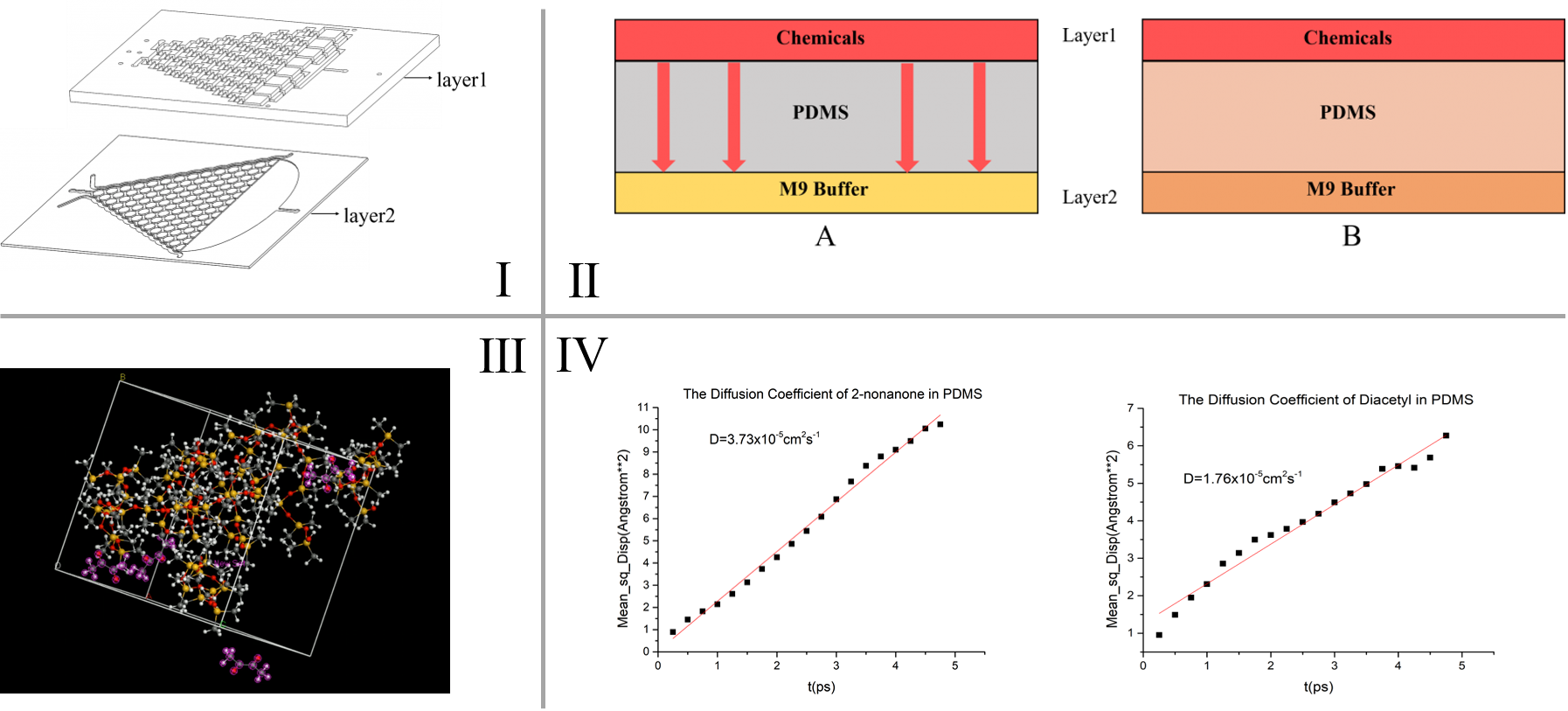
Overview
Model
Contents
Modeling is usually used to make sense of the experimental discovery in traditional biological studies. In this synthetic biology project, we believe that carefully carried out modeling will be critical for the experimental design and data analysis at different stages of the project. We hope to demonstrate that the modeling is especially helpful to finalize the microfluidics chip design, and determine the distribution of the C.elegans (Caenorhabditis elegans) in microfliudics, as well as the transfection of the MiniMos in our experiment.
Model for diffusion in microfluidic chips
In our project, we are required to insert a new gene into the C. elegans’ (Caenorhabditis elegans’) genome and the worms will express two channelrhodopsins in the olfactory receptor neuron pair. We designed the Gaussian Plate (a microfluidic chip) to test if those exogenous genes will affect the olfactory receptor neuron pair. We built a diffusion model based on Fick’s second law\frac{\partial C}{\partial t}=D \frac{\partial^2 C}{\partial x^2} to know the chemical diffusion in PDMS (Polydimethylsiloxane) and then we can test our worms in microfluidics.
Model for miniMos Transfection
In our program, we aim to change the physical behaviour of C. elegans using the two specific optogenetic traits.Through microinjection and selection, we are able to get two strains with two phenotypes of the preference to blue light and the aversion to red light , and the next step is to obtain the single worm with the combination ofe these 2 different traits. Therefore, we build a miniMos transfection model to simulate and estimate the final results of our transfection.
Normal Distribution Model
This model describes how microfluidics Gaussian distribution plate works when we use this device to test C.elegans’ preference in the plate.
Model for promoter selection
The purpose of this model is to select promoters used in downstream neurons of C.elegans’ which have greatest possibility to be lighted on when AWA and AWB (the main neurons in our project) are actived.


